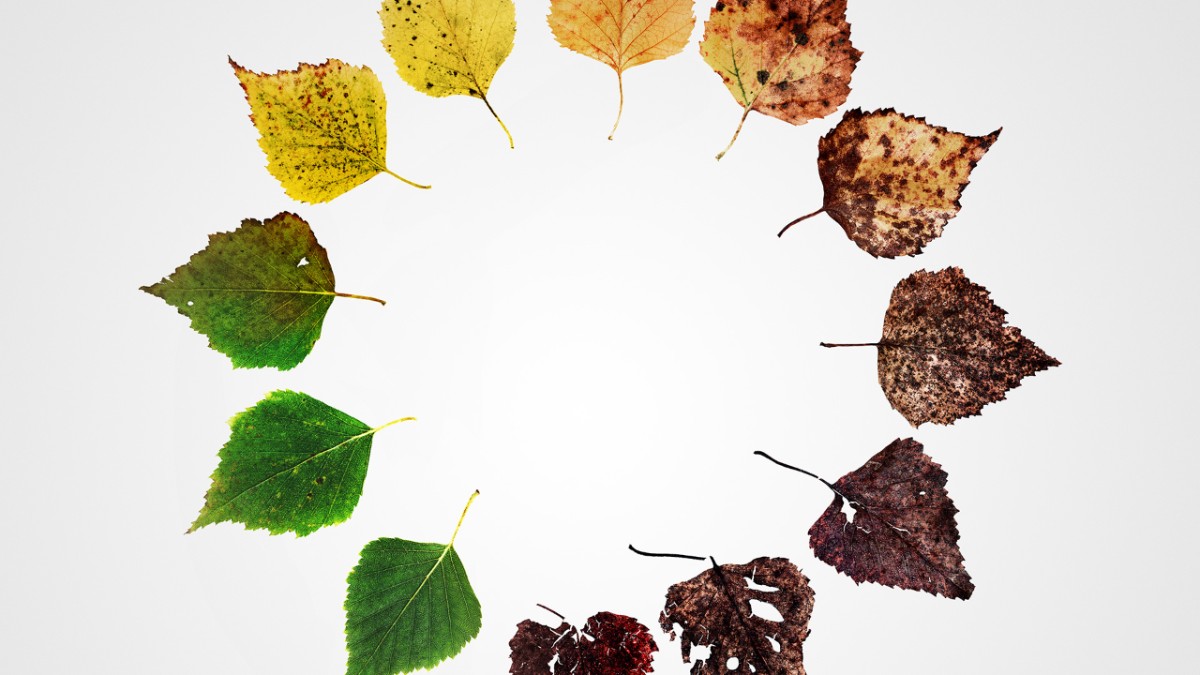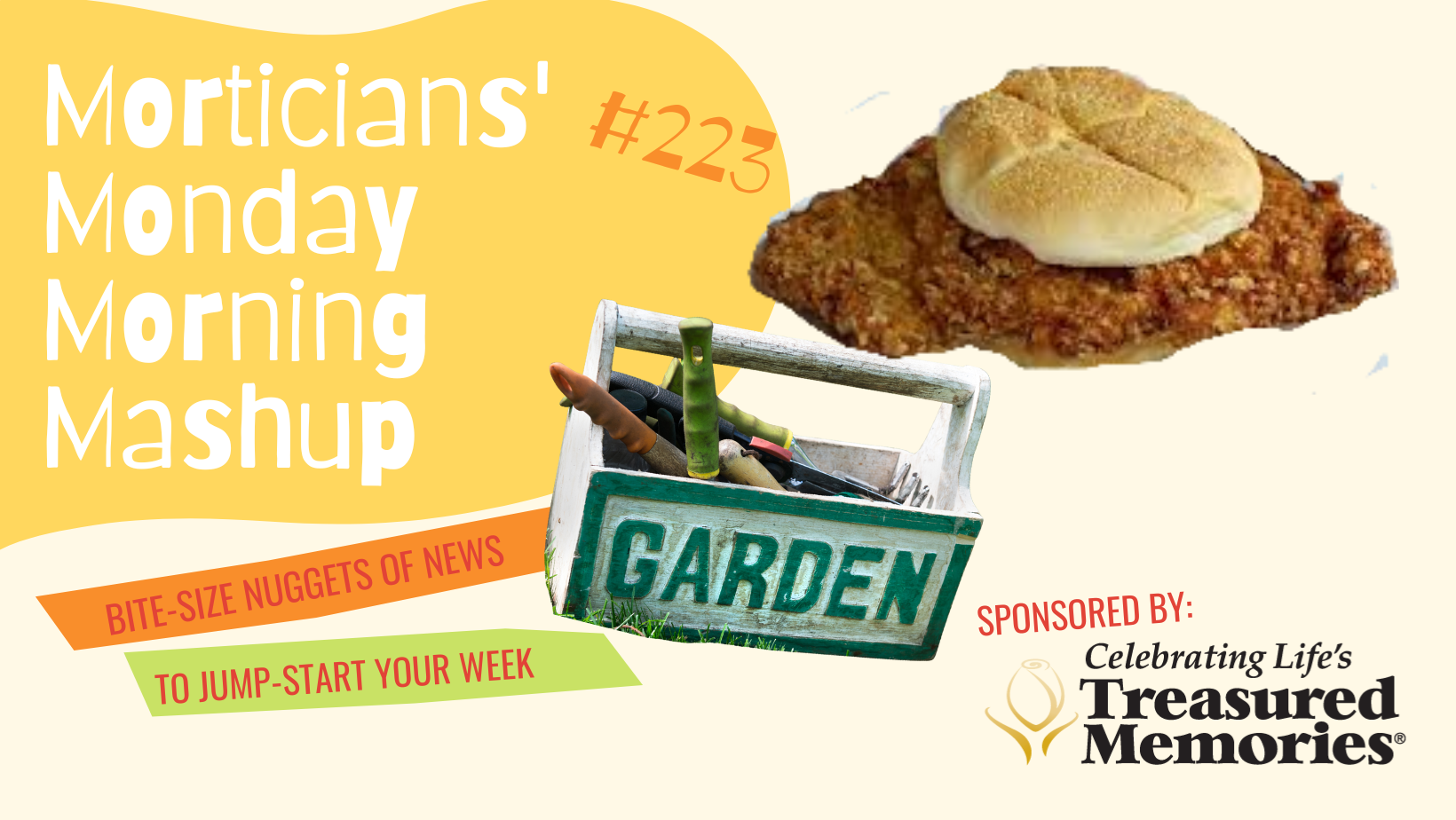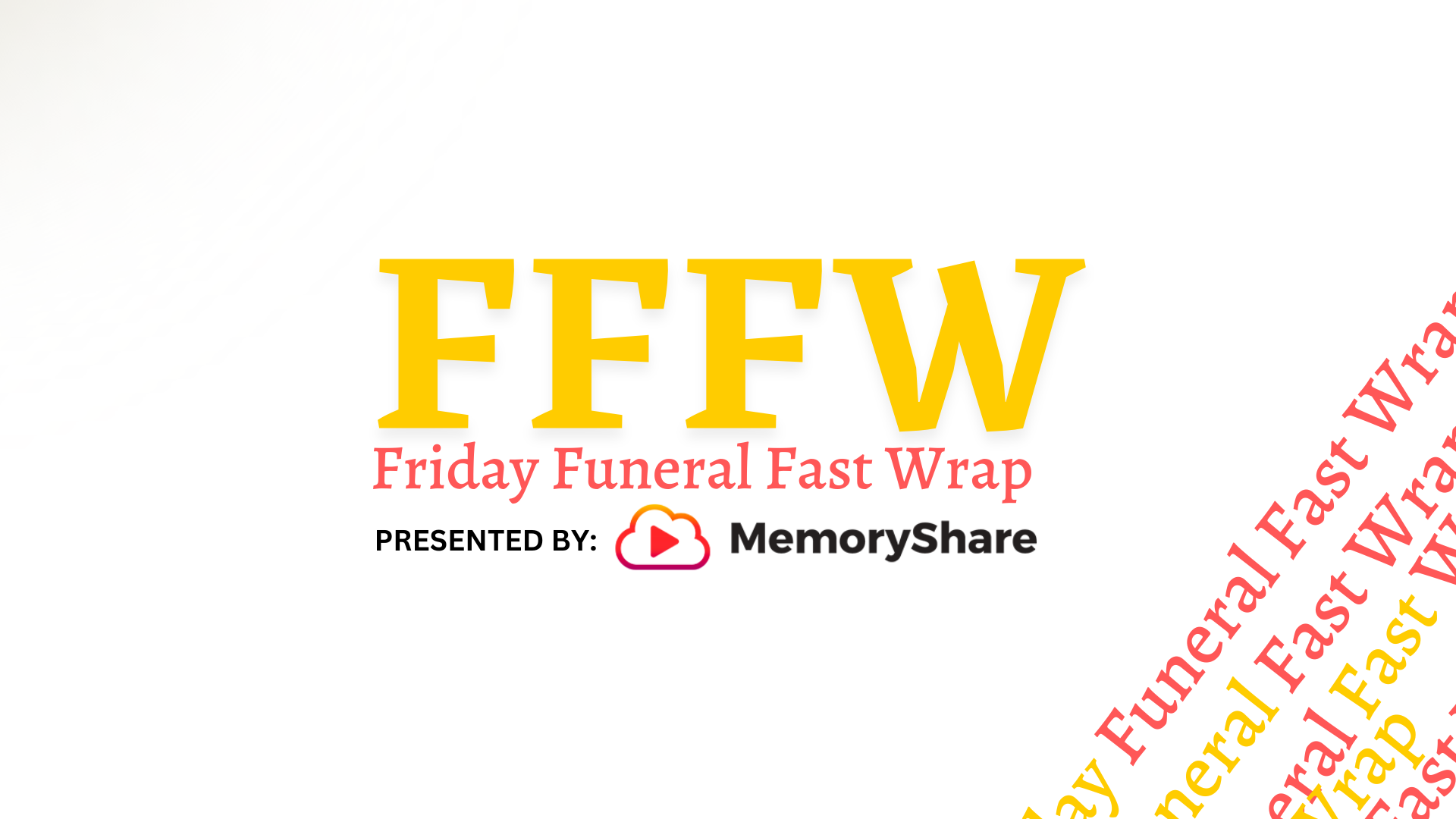Alternate Endings Documentary is About Decisions and Determination, Not Dollars
HBO’s latest documentary film, “Alternate Endings: Six New Ways to Die in America,” premiered Wednesday, August 14. According to HBO, the goal of directors and producers Matthew O’Neill and Perri Peltz was to offer “a fascinating look at the varied ways Americans are choosing to both find meaning and celebrate life as it comes to an end.”
This description is more accurate than the film’s title, as the six scenarios aren’t all about “new ways to die.” The documentary does indeed follow three individuals with terminal diagnoses, but the other three stories focus solely on the disposition of the recently deceased.
Stories of empowerment
Opening with a statement that 2018 was the first time more Americans chose cremation over burial, Alternate Endings highlights growing trends in dying and disposition. The content holds no surprises for death care professionals. Green burials, celebrations of life, and different options for cremated remains are all featured.
However, the target audience of the film isn’t funeral directors. It’s the baby boomer generation. As these individuals approach death, says HBO, they’re “rethinking the ways end of life is recognized and are deciding to take control of what will happen when they die.”
The six families (and three dying individuals) you’ll meet in the documentary are authentic, passionate, and unapologetic about their choices. Even in the short period of time the film features each family, the viewer gains an understanding of why they want to die or be remembered in a certain way.
Most of the stories are celebratory and not overly-emotional. Viewers are more likely to cry tears of happiness as the featured families confidently fulfill their loved one’s final wishes.
Dying with dignity
One vignette, though, was particularly heart-wrenching to watch. In this segment we meet Dick Shannon, a well-spoken former Silicon Valley engineer with terminal cancer. Dick has decided to take advantage of California’s “death with dignity” law, which allows medical aid in dying.
We follow Dick and his wife as he visits his physician for the last time, completes the construction of his casket with his son-in-law, and displays the death drugs he’ll use to end his own life. He’s used a labelmaker to neatly distinguish each element of the concoction, which he stores in a plastic bin in his closet.
The day before he’s decided he will die, Dick holds a celebration for 40 friends and family members. He walks among them, enjoying an adult beverage or two and personally accepting their compliments and advanced condolences. He even invites everyone to sign the lid of his homemade casket.
The next day, he drives himself to a farm where his family holds a “last supper” (their joke, not mine). Shortly thereafter, wearing a t-shirt and shorts, and with his casket open on the coffee table, Dick calmly drinks his drugs down. He tells his family he loves them all, lies down on the sofa with his wife at his side, and passes away while his family — and the cameras — watch. Afterward, Dick’s family members place his body in the casket. It’s an incredibly poignant segment.
Response to Alternate Endings
One day after the premiere, five critics had weighed in on the film with reviews like these (gathered on Rotten Tomatoes, which currently reflects a respectable 100% score for the effort):
- “Alternate Endings doesn’t push the viewer down particular philosophical alleys. Each story, each life, yields its own lessons.”
- “In a world where we’re now so used to the therapeutic language of hope and healing that it can feel meaningless, the participants’ generosity of spirit, thoughtfulness and humour shines.”
- “Though six people do go gentle into that good night, they have original wishes on the locations of their remains. An incisive documentary that plays to the heart.”
Interestingly, no death care professionals appear in the documentary — not even a coroner to pronounce death. Even the green burial, which the documentary filmed from start to finish, appears to be completely DIY. First, family members and friends witness the death of terminal cancer patient Barbara Jean Simon. Then they clean her body, and wrap her in a biodegradable shroud — all at her own home.
At her burial, they carry Barbara Jean to a hand-dug grave in a spot she herself selected in the “Moondancer Garden” of Eloise Woods Natural Burial Park in Texas. They then inter her body and close the grave, planting a tree on the spot in the process.
It’s not all about the money
In its opening, the documentary follows its statement about cremation by mentioning the “disruption” of the “$16 billion a year funeral industry.” However, none of the families in the film mention money as as a factor they talk about their decisions. Not once. For these families, at least, their “alternate endings” are based on beliefs, not budgets.
“My observation about the way people die at least in America,” said Dick Shannon six months before taking his own life in May 2018, “is they either don’t or aren’t allowed the opportunity to be part of the process. It’s my death. Go with what you believe but don’t tell me what I have to do.”




